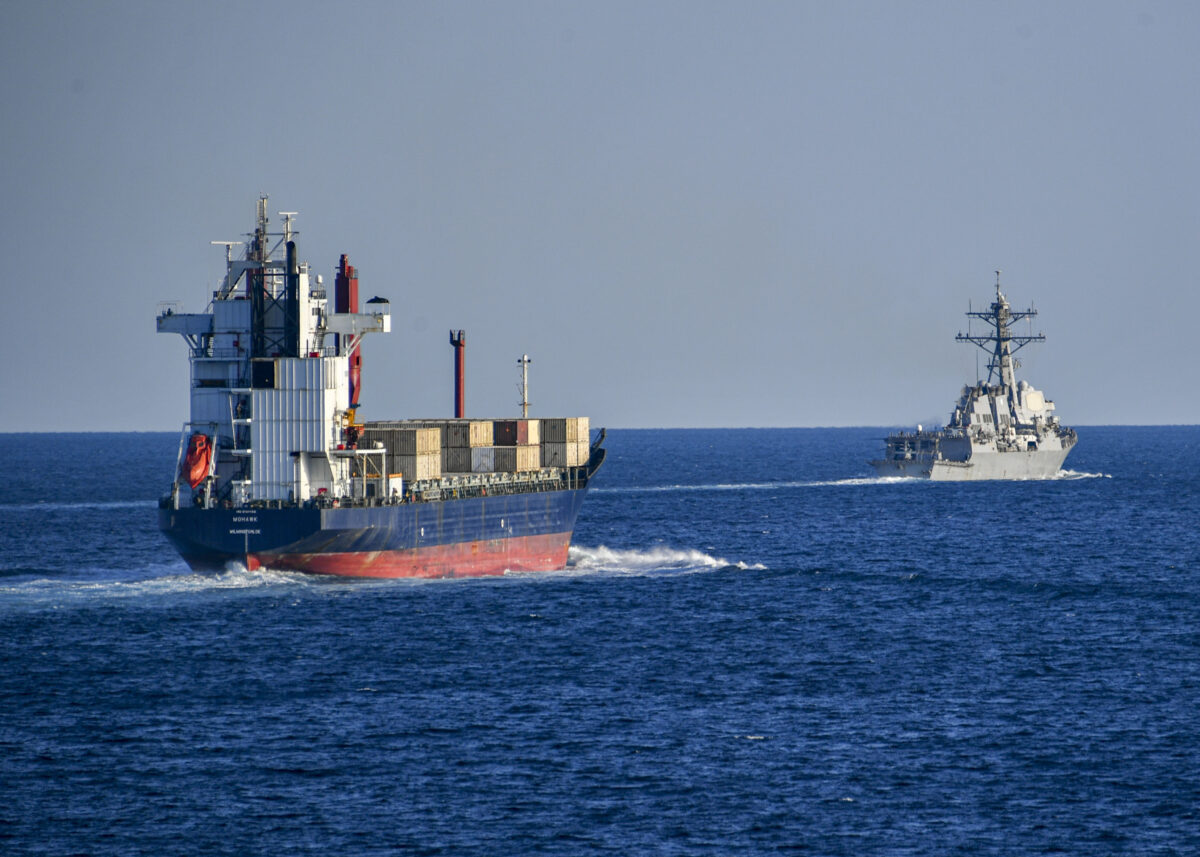Russia’s attack on Ukraine and other recent international developments have accentuated the importance of studying the maritime domain to detect vulnerabilities to potential future hybrid threat operations.
To this end, Hybrid CoE has expanded and elaborated on new hybrid threat scenarios in its updated Handbook on Maritime Hybrid Threats, which is now available. The updated version analyzes a selection of 15 scenarios and legal scans, including five entirely new scenarios, demonstrating how malicious actors may seek to exploit vulnerabilities in the maritime domain.
“The purpose of the Handbook on Maritime Hybrid Threats is to raise awareness about potential hybrid threats emerging at sea, to foster understanding of the legal context vis-à-vis international law, and to help Hybrid CoE’s Participating States, the EU and NATO in developing relevant political and legal responses as well as other mitigation tools to counter maritime hybrid threats,” pointed out Georgios Giannoulis, Deputy Director of the Community of Interest on Vulnerabilities and Resilience.
The new scenarios included in the handbook were chosen by Hybrid CoE experts on the basis of consultations and feedback received from the Centre’s Participating States, the EU and NATO in a series of expert workshops organized on the theme during last year.
“This year, the new handbook will provide the basis for our annual training programme Maritime Hybrid Threat Scenarios – Legal Aspects,” Georgios Giannoulis added.
The new hybrid threat scenarios in the updated handbook are:
- Undersea cable cuts
- Distant-water fishing
- Freedom of navigation operations
- Exploitation of marine resources in contested EEZ
- Rigid-hull inflatable boat (RHIB) attack



